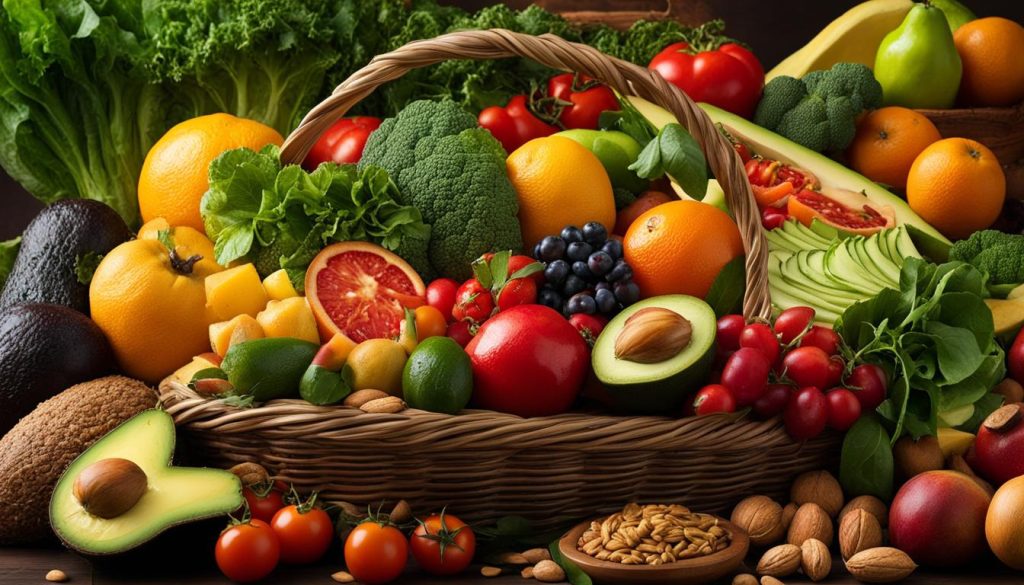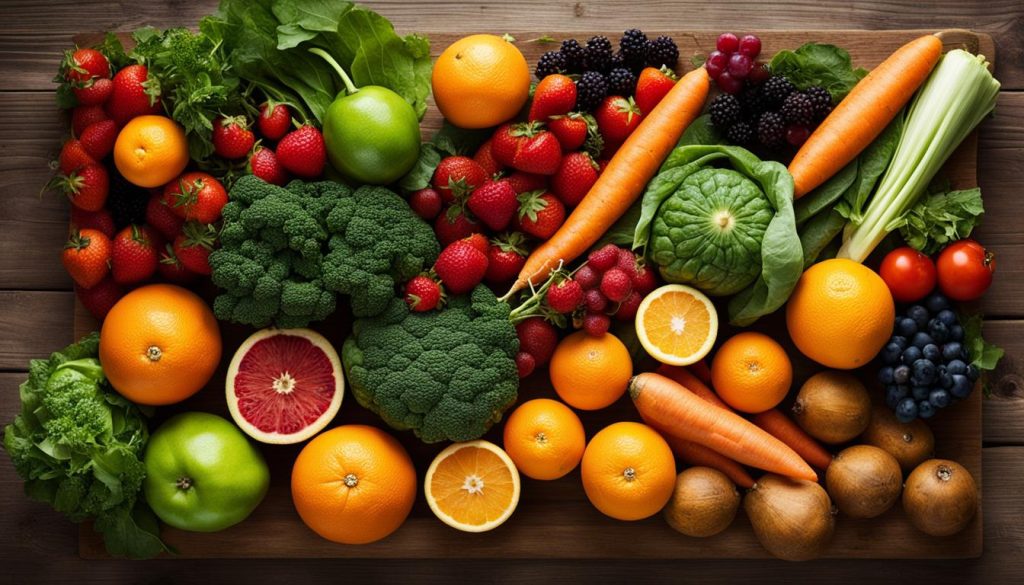20+ Easy Whole30 Dinner Recipes: Family Friendly
The Whole30 diet has gained popularity for its focus on whole foods and the elimination of processed ingredients, grains, dairy, and sugar. While it may seem challenging to find family-friendly dinner recipes that adhere to the Whole30 guidelines, there are plenty of delicious and easy options to try. In this article, we’ll explore 20+ easy Whole30 dinner recipes that are sure to please the whole family. What is Whole30? The Whole30 program is a 30-day dietary reset designed to help participants identify and eliminate foods that may be hurting their health. It focuses on eating whole, unprocessed foods while eliminating potentially inflammatory ingredients like sugar, dairy, grains, and legumes. Benefits of Whole30 Following the Whole30 program can lead to a variety of health benefits, including improved energy levels, weight loss, better digestion, and clearer skin. By focusing on whole foods, the diet helps eliminate processed foods that can contribute to inflammation and other health issues. While the Whole30 diet can offer numerous benefits, it can also present some challenges. One of the main challenges is the limited food choices, especially when it comes to dining out or social gatherings. Additionally, meal planning and preparation can be time-consuming, requiring careful attention to detail to ensure compliance with the program’s guidelines. To succeed on the Whole30 program, it’s important to plan ahead and be prepared. Some tips for success include meal prepping, reading labels carefully to avoid non-compliant ingredients, and finding Whole30-compliant recipes that the whole family will enjoy. 20+ Easy Whole30 Dinner Recipes 1. Chicken and Vegetable Stir-Fry 2. Spaghetti Squash with Meat Sauce 3. Beef and Broccoli Stir-Fry 4. Lemon Herb Roasted Chicken 5. Zucchini Noodles with Pesto 6. Turkey Meatballs with Marinara Sauce 7. Salmon with Asparagus 8. Stuffed Bell Peppers 9. Cauliflower Fried Rice 10. Sweet Potato Chili 11. Garlic Shrimp Skewers 12. Beef Tacos in Lettuce Wraps 13. Chicken Fajita Bowls 14. Eggplant Lasagna 15. Pork Tenderloin with Apples 16. Butternut Squash Soup 17. Chicken and Cauliflower Rice Soup 18. Turkey and Vegetable Skillet 19. Coconut Curry Chicken 20. Shrimp and Avocado Salad Conclusion In conclusion, the Whole30 diet can be a great way to improve your health and reset your eating habits. By incorporating these 20+ easy Whole30 dinner recipes into your meal plan, you can enjoy delicious and nutritious meals that the whole family will love.
20+ Easy Whole30 Dinner Recipes: Family Friendly Read More »








